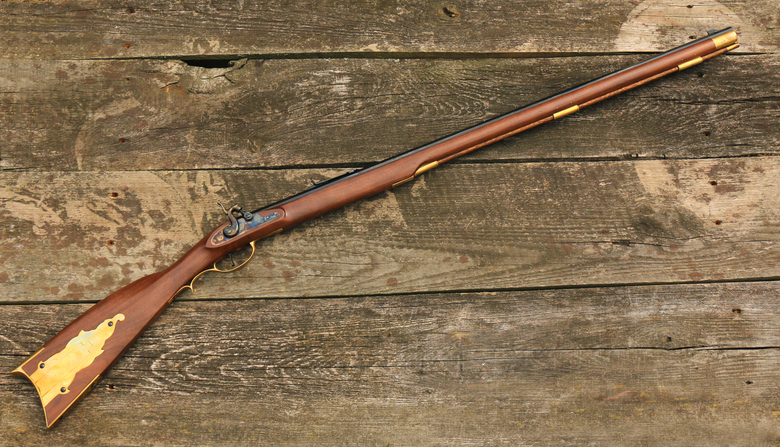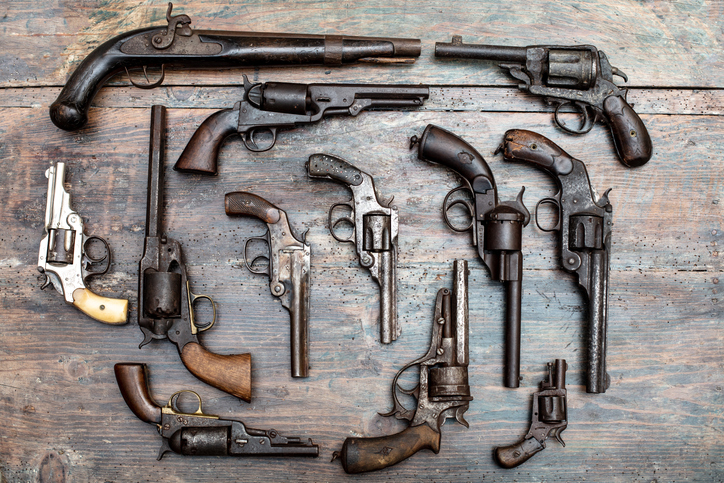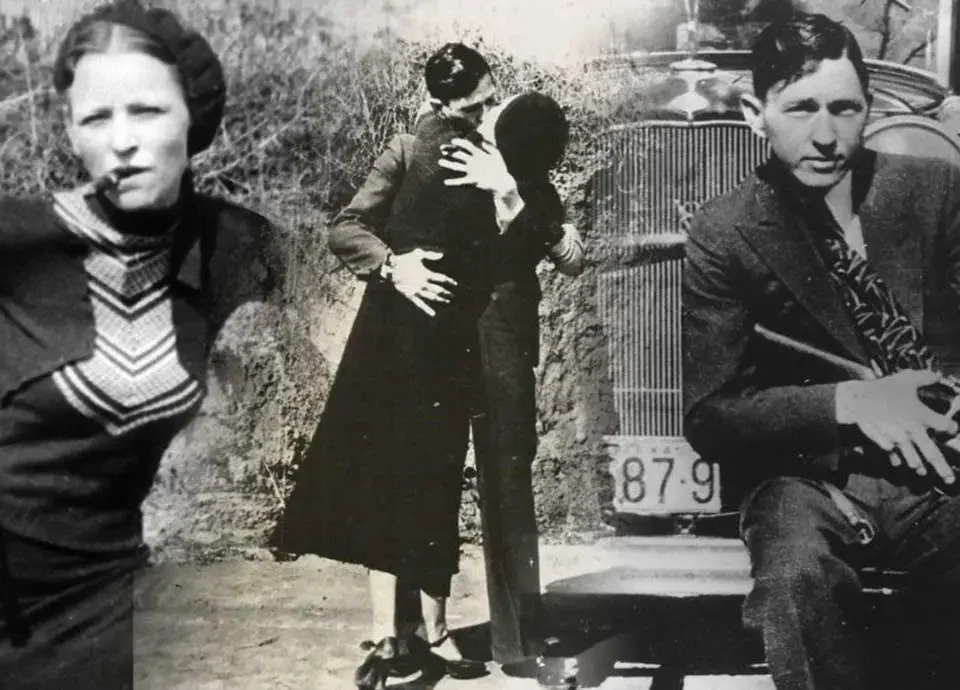The Evolution of Firearms: From Flintlock Muskets to Modern Rifles
The history of firearms is a fascinating journey through centuries of innovation, shaping not only the way wars are fought but also influencing civilian life around the world. From the rudimentary flintlock muskets of the 17th century to the precision-engineered rifles of today, each stage of firearm development has brought significant changes to both technology and society. In this blog, we’ll explore the evolution of firearms, focusing on key innovations and their impact on warfare and civilian use.
1. The Flintlock Musket: A Revolutionary Beginning
The flintlock musket, introduced in the early 1600s, marked a major advancement in firearm technology. Unlike earlier matchlock weapons, which required a lit match to fire, the flintlock used a piece of flint striking steel to create a spark, igniting the gunpowder. This innovation made firearms more reliable and easier to use in various weather conditions, leading to their widespread adoption in military forces across Europe and beyond.
- Impact on Warfare: Flintlock muskets were the standard infantry weapon during many significant conflicts, including the American Revolutionary War. Their relative ease of use and improved firing rate made them a dominant force on the battlefield.
- Civilian Use: While primarily used by soldiers, flintlock muskets also found their way into civilian hands, particularly for hunting and self-defense.
- Tip: Watch this related video on the history of the flintlock musket for a closer look at how these weapons were used in historical battles.
2. Percussion Cap Firearms: The Next Leap Forward
In the early 19th century, the percussion cap system replaced the flintlock mechanism, significantly improving the reliability and safety of firearms. Instead of relying on flint, percussion firearms used a small cap containing a shock-sensitive explosive compound, which ignited the gunpowder when struck.
- Impact on Warfare: This innovation allowed for more rapid and dependable firing, which was crucial during the Napoleonic Wars and the American Civil War. Soldiers could now fire in a wider range of conditions, reducing the misfire rate that plagued earlier firearms.
- Civilian Use: The improved reliability of percussion cap firearms made them popular among civilians for hunting and personal protection.
- Tip: Explore this article on the transition from flintlock to percussion cap firearms to understand how this innovation influenced military tactics.
3. The Advent of Rifling: Accuracy and Range
The introduction of rifling, the process of adding spiral grooves to a firearm’s barrel, was a game-changer in firearm technology. Rifling imparts a spin to the bullet, stabilizing it in flight and greatly improving accuracy and range compared to smoothbore muskets.
- Impact on Warfare: Rifled muskets and rifles became crucial during the American Civil War, where their increased accuracy allowed for more effective long-range engagements. This development also contributed to the shift in military tactics, emphasizing marksmanship and cover.
- Civilian Use: Rifled barrels revolutionized hunting, enabling hunters to take down game at greater distances with improved precision.
- Tip: Check out this video on how rifling works to see the science behind this key firearm innovation.
4. The Birth of the Bolt-Action Rifle
The late 19th century saw the introduction of the bolt-action rifle, which allowed for quicker reloading and firing compared to previous designs. The Mauser 98, introduced in 1898, is one of the most iconic bolt-action rifles and influenced many subsequent designs.
- Impact on Warfare: Bolt-action rifles became the standard issue for many armies during World War I and World War II. Their accuracy, reliability, and rate of fire made them ideal for trench warfare and other battlefield scenarios.
- Civilian Use: These rifles are still popular today among hunters and sport shooters for their durability and precision.
- Tip: Read this article on the history of the Mauser 98 to learn why it remains a legendary firearm.
5. Semi-Automatic and Automatic Firearms: A New Era
The development of semi-automatic and automatic firearms in the early 20th century marked a significant shift in both military and civilian firearms technology. Semi-automatic rifles, like the M1 Garand, allowed soldiers to fire multiple rounds without manually operating the bolt, while fully automatic weapons like the Thompson submachine gun introduced rapid-fire capability.
- Impact on Warfare: These advancements played a critical role in World War II, where the increased firepower provided by semi-automatic and automatic weapons changed the dynamics of infantry combat.
- Civilian Use: Semi-automatic firearms are now commonly used in both sport shooting and home defense, offering a balance of power and ease of use.
- Tip: Watch this documentary on the development of semi-automatic weapons to see how these firearms shaped modern warfare.
6. Modern Rifles: Precision and Versatility
Today’s modern rifles, such as the AR-15, represent the culmination of centuries of firearm development. These rifles are highly customizable, with options for different calibers, optics, and accessories, making them versatile for various uses from sport shooting to tactical applications.
- Impact on Warfare: Modern rifles are standard in military forces around the world, offering unmatched accuracy, reliability, and adaptability on the battlefield.
- Civilian Use: Many of these rifles are popular among civilians for sport shooting, hunting, and home defense due to their precision and versatility.
- Tip: Check out this guide to modern rifle customization for tips on how to tailor your rifle to your specific needs.
Conclusion
The evolution of firearms from flintlock muskets to modern rifles is a testament to human ingenuity and the continuous quest for better, more reliable weapons. Each innovation in firearm technology has not only influenced the outcome of wars but also shaped civilian life in profound ways. Understanding this history helps us appreciate the complexity and significance of firearms in our world today.
For more in-depth information on the history of firearms and their impact, explore our related resources. Stay informed and gain a deeper understanding of the tools that have shaped history and continue to influence the present.



